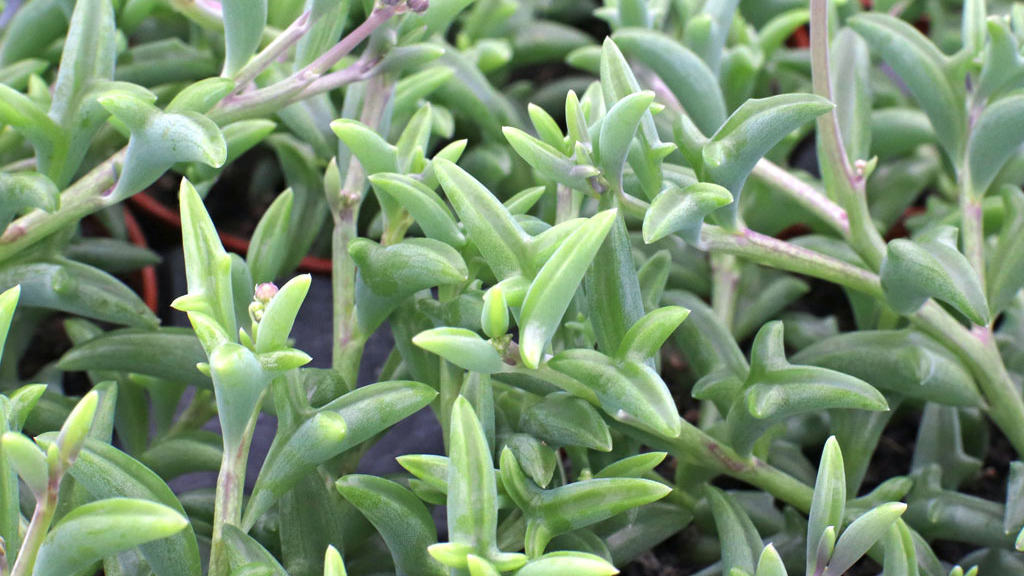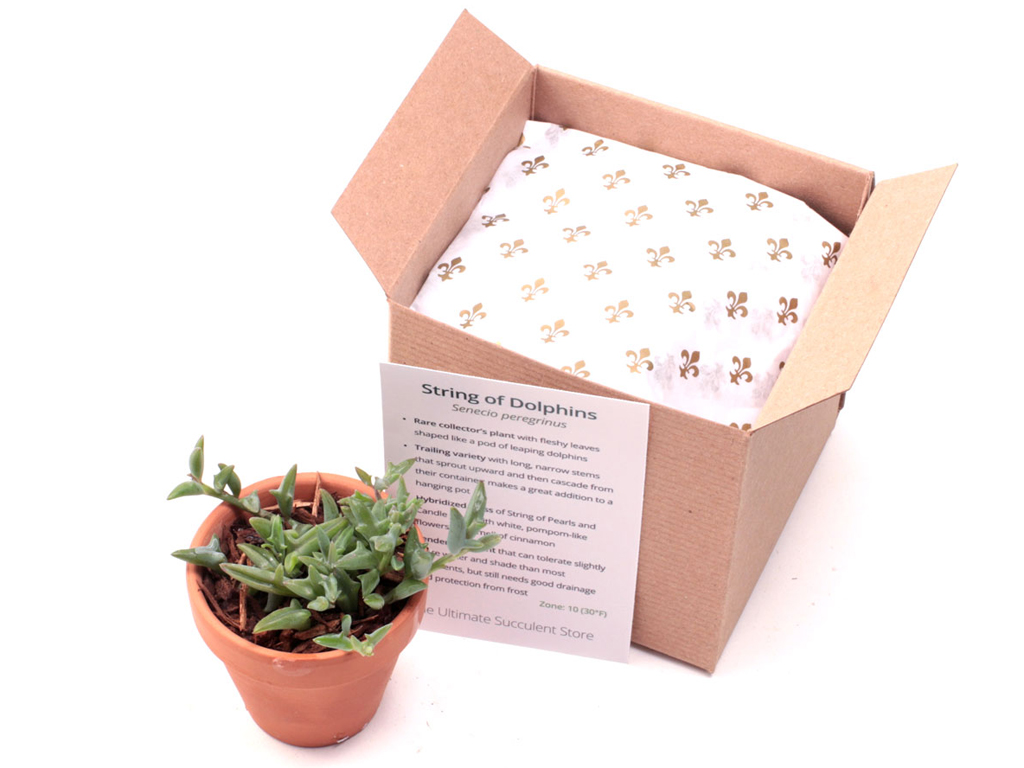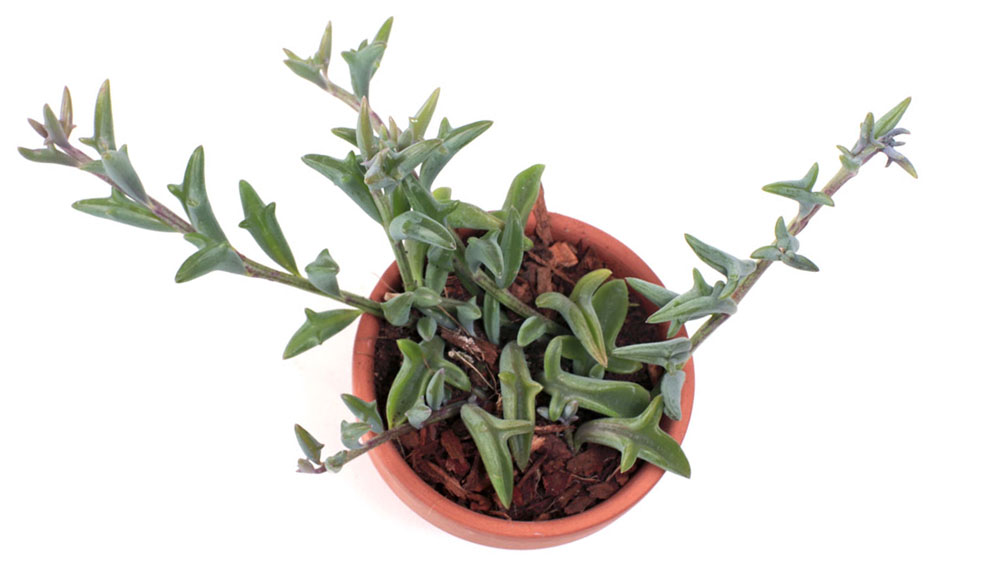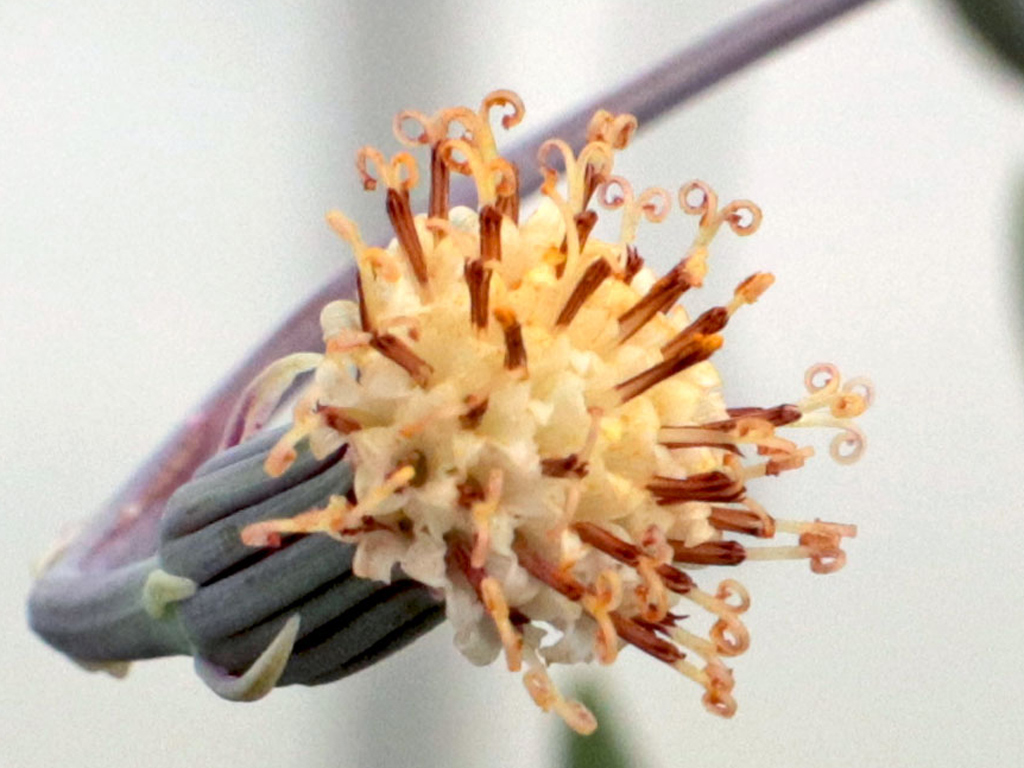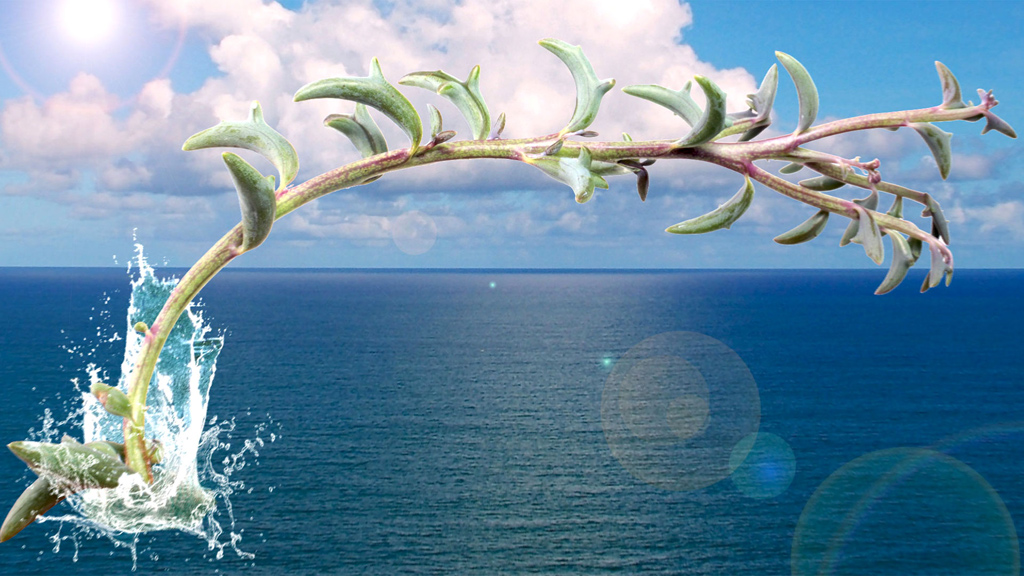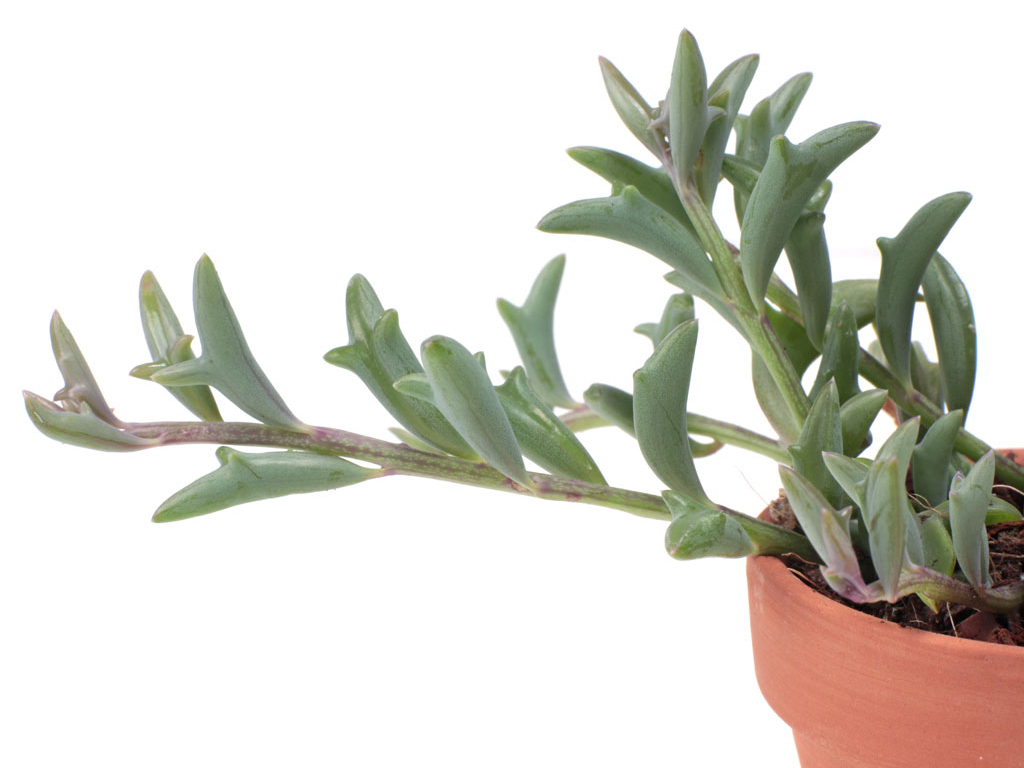Care Guides
String of Dolphins Care & Where to Buy
Dolphin Plant, or String of Dolphins (Senecio peregrinus), is a rare variety of trailing succulent that looks like a pod of leaping dolphins. This uncommon hybrid is a cross of String of Pearls (S. rowleyanus) and Candle Plant (Senecio articulatus). It can be difficult to find and requires a bit of special care, but it is well worth the effort. Read on for inside information on cultivating a healthy Dolphin Succulent of your own.
Where to Find
Mountain Crest Gardens is currently offering the Dolphin Plant in limited quantities. They are available fully rooted in either a 2" or 3.5" pot. Supplies are limited, so if it's currently out of stock, sign up to by notified by email when more are ready to go. Multiple small batches will become available throughout the year.
Dolphin Succulent Seeds
Buying succulent seeds can be a risky business. Even with diligent care, some seeds just won't sprout. With a hybrid like S. peregrinus, you can't quite predict that the seedlings will have dolphin-shaped leaves. And while there are some reputable succulent seed distributors, it is a market rife with scams.
Appearance
Form
Dolphin Plant is one of the "string" succulents, which grow trailing stems that can reach 1.0' to 3.0' long. In the wild, these Senecio varieties creep along as a ground cover. They also shine in a hanging pot where they can create a dense cascade of greenery.
Foliage
The leaves of the Dolphin Plant are fleshy, notched crescents that truly resemble dolphins. In addition to their unbelievable shape, each leaf has a translucent "leaf window". This adaptation allows sunlight to irradiate the leaf interior and helps the plant tolerate low light conditions ( Succulent Leaf Windows).
Flowers
Senecio are in the Aster or Daisy family and, like daisies, they have composite blooms made up of lots of mini flowers. The petals cluster in a sphere and form a pompom of a bloom. On top of that, the flowers have a lovely cinnamon fragrance.
Growth & Care
Drainage
Like most succulents, Dolphin Plants thrive in well-draining soil. They can rot if over-watered, so be sure to use containers with drainage holes. Select a light, gritty soil like a cactus/succulent mix from a local garden center. You can also prevent rot by keeping the plant in a well-ventilated area.
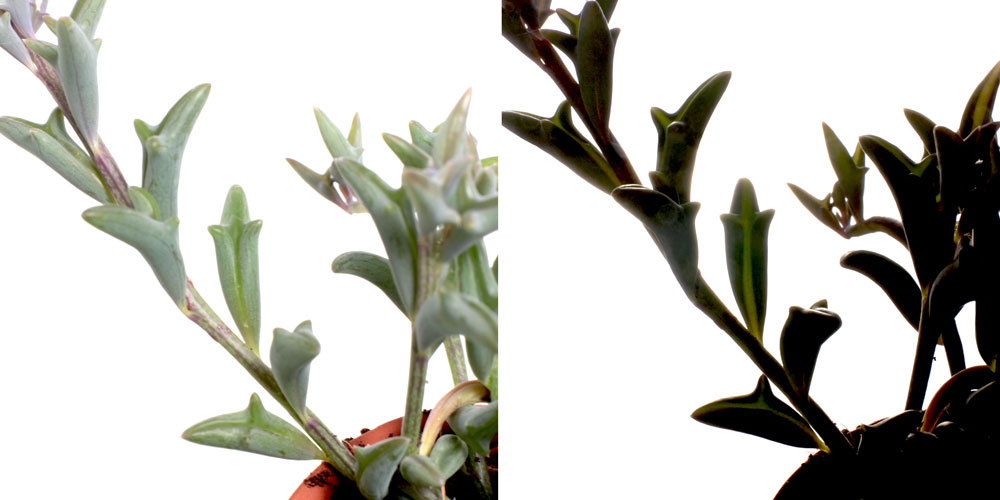
|
| A strong back-light glows through a dolphin's leaf window, seen on the right. |
Light
Dolphin Plants need sunlight, but thanks to their leaf windows they can tolerate slightly less light than some non-green succulent varieties. To strike the right balance, try placing it outdoors in the shade or indoors near a sunny window.
Watch for signs of Too Little Light and Too Much Light. Adjust as necessary. Dolphin Plants also grow well under a Succulent Grow Light.
Water
Succulents are adapted to dry climates and can tolerate periods of drought. Dolphin Plant, however, thrives with a bit more frequent watering than most succulents. Be sure to drench it enough for water to run out the pot’s drainage hole (no misting). Allow the soil to dry before watering again.
Use our Complete Guide to Watering to learn the signs of both under- and over-watering. You will find that the Dolphin Plant needs less frequent water during its winter dormancy.
Temperature
String of Dolphins is a "soft succulent", meaning that it is not frost hardy. It thrives between 50F and 80F, so know your Grow Zone and watch your daily minimum and maximum temperatures. Bring this dolphin indoors when the weather is anything but mild.
Share Your Experience
Not everyone has heard of this rare novelty and even fewer have seen it up close. If you have one of your own, feel free to share photos and grow tips for other Dolphin Succulent enthusiasts on our Reviews Page. Enjoy, and may all your succulent cultivation go swimmingly!

